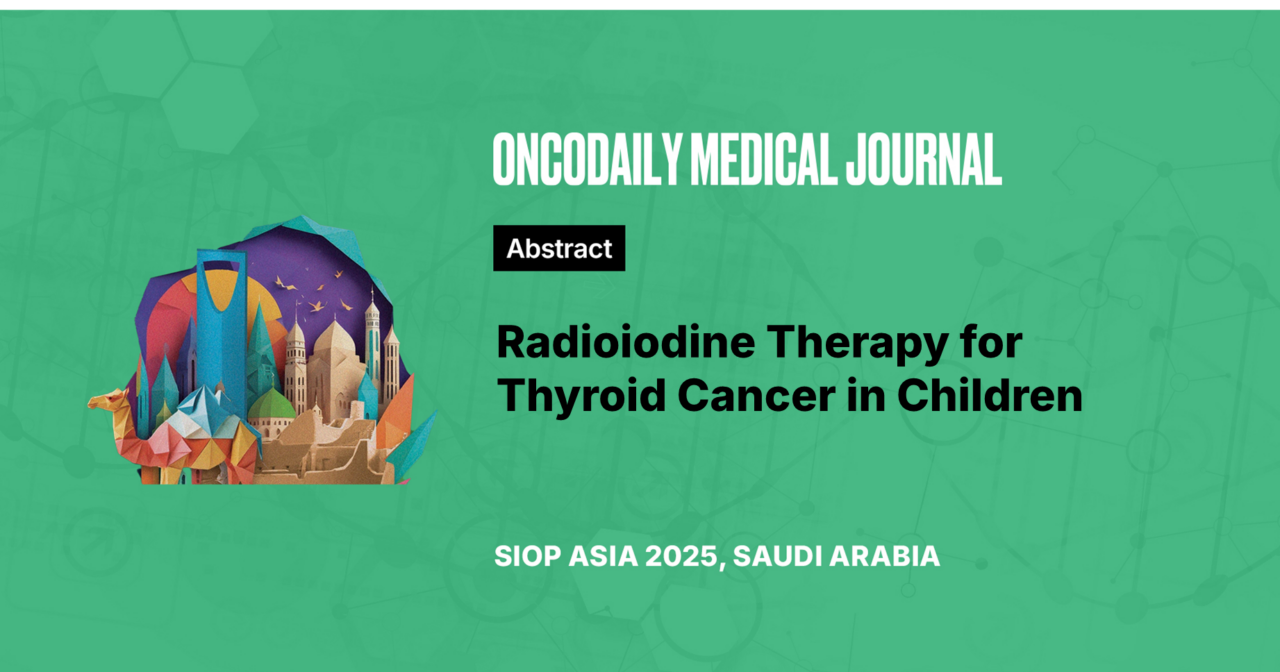Radioiodine Therapy for Thyroid Cancer in Children
Abstract
Introduction: Children are not “miniature” adults! Most experts around the world recognize the differences between adult and pediatric thyroid cancer (TC) and emphasize the need for specific guidelines for the pediatric population. The aim of the report is to analyze our experience with RIT in children with DTC and to identify the most unresolved issues in the context of current international and Russian recommendations.
Methodology: In comparing the two guidelines (ATA 2015 and ETA 2022) with each other and with Russian clinical guidelines for the treatment of childhood TC, we found significant differences in determining the tactics of treatment and examination during radioiodine therapy (RIT).
Results: From December 2021 to April 2024, 130 pediatric patients (median age 14 years (6-18), 98 girls and 32 boys) underwent 141 RIT courses at the N.N. Blokhin National Medical Research Center of Oncology (Russia). All patients underwent surgical treatment of a primary or recurrent tumor. According to postoperative histological examination, 109 (84%) patients were diagnosed with classic papillary cancer (PC), 21 (16%) patients had aggressive subtypes of PC.
The evaluation of the primary tumor process extent revealed: multifocality in 63 (48%) patients, involvement of neck lymph nodes in 115 (88%), lung metastases in 14 (11%). Adjuvant RIT to ablate residual thyroid tissue and reduce the risk of recurrence were performed at an average 131I activity of 2 GBq (1,1-4 GBq), therapy of lung metastases with 131I 4 GBq (1,83-5 GBq). Out of 14 patients with lung metastases, 3 patients had a radioiodine refractory process. Lung metastases were associated with an advanced primary process (T3-4, N1b) and high TTG-stimulated thyroglobulin levels (from 118 ng/ml to >5,000 ng/ml).
Conclusion: On the way to a personalized treatment strategy for children with DTC prospective multicenter studies and the creation of international registries are needed.





